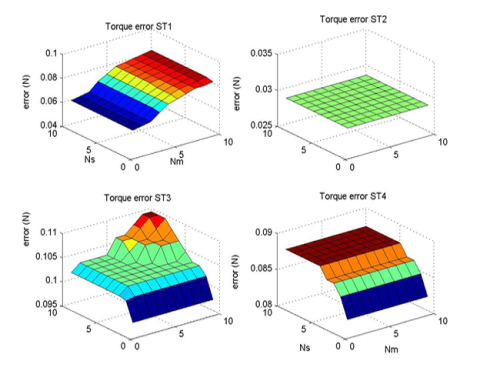The mechanism and control design of a robotic telesurgery system must be done with integration in mind to achieve the best possible telemanipulation, which is critical since surgery involves very fine and delicate manipulations. However, a quantitative framework that can be used to systematically analyze and evaluate haptic systems in critical-application tasks is currently not available.
Our research in the design of bilateral teleoperation systems has focused on development of a framework that will examine the kinematic, dynamic, actuation, and sensory aspects of a system as well as controller design to optimize the performance of the system with respect to application-based performance criteria and human sensory-motor abilities. We have developed a novel quantitative comparison method for haptic systems based on mu-synthesis framework. This method uses the reciprocal of the structured singular value of the system, including the H∞ sub-optimal controller designed using mu-synthesis technique with the proper uncertainty and performance blocks, as the quantitative index for objective comparison. The method of comparison is capable of handling operator, environment, and system model uncertainties, as well as sensor noise and human sensory-motor abilities.
This is a MeRCIS project under the guidance of Dr. M. Cenk Cavusoglu.

